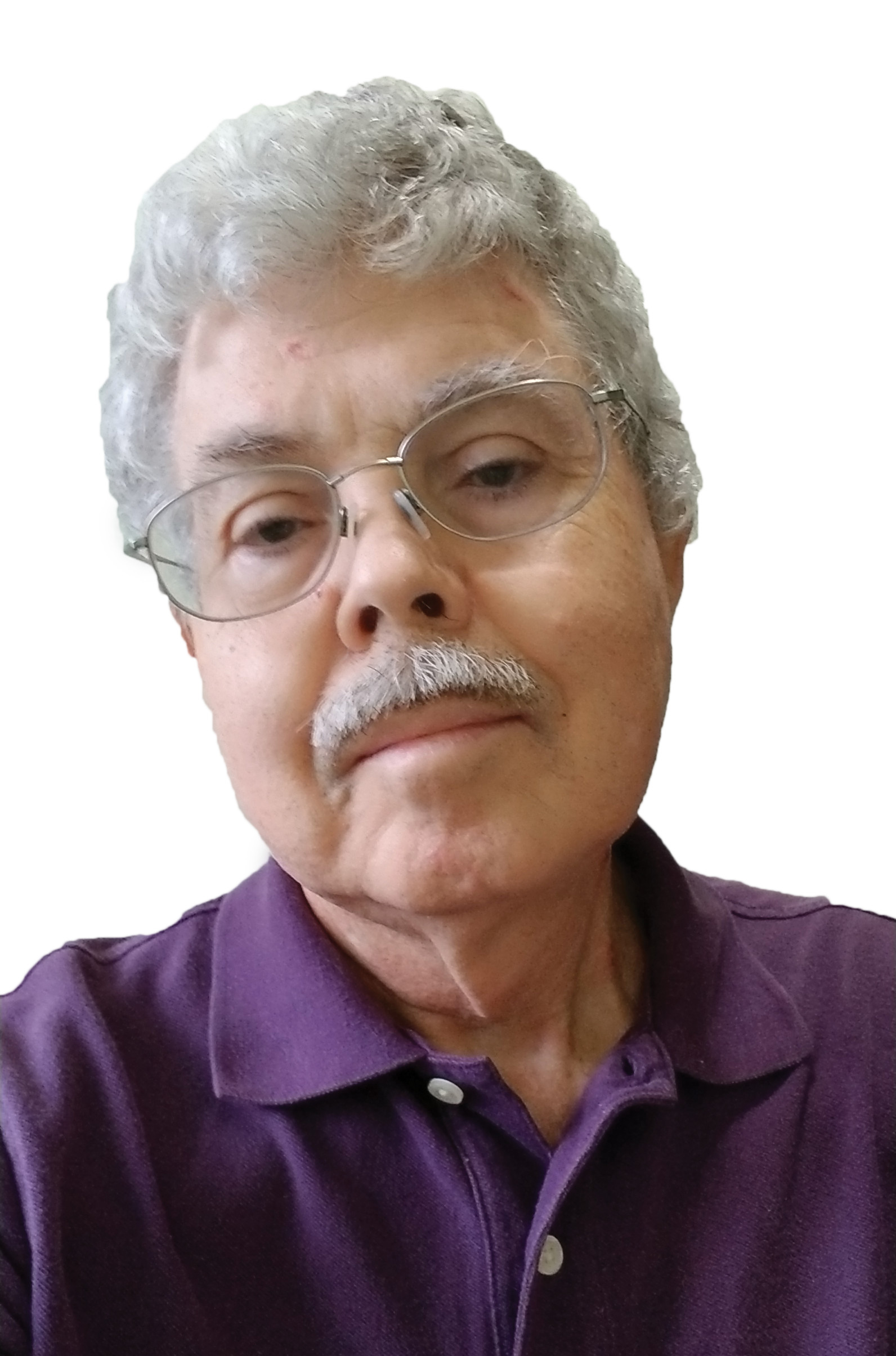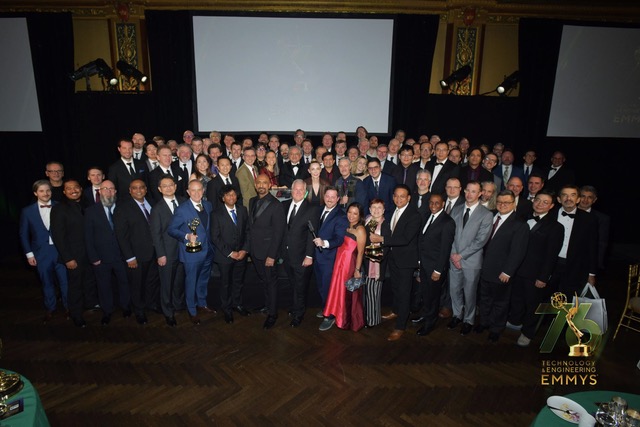FCC Grants Experimental Licenses – Sept. 2, 2010
Several licenses in the FCC Office of Engineering and Technology Experimental Licensing Branch's Sept. 1, 2010 list of experimental licenses granted from 5/1/10 to 6/1/10 allow operation in frequency bands licensed to broadcasters.
Radio Design Group received license WF2ZXKD allowing operation on VHF TV channels 7-13 and UHF channels 14-20 to test a wireless intercom that will use the ACSB RF platform in Grants Pass, Ore. Invertix's WF2XFI license allows it to operate on frequencies between 420-600 MHz to test two-way communications systems in Las Cruces, N.M. Worcester Polytechnic Institute has been allowed to use TV channels 21-36 to conduct "research, design, construction and evaluation of equipment that uses radio-location technology to precisely identify the location of firefighters and firefighter deployed sensors within a building." The area of operation is in Stow, Mass., Worcester, Mass. and Plymouth, Minn., according to the FCC notice.
Any station in the Washington D.C. area using grandfathered 2.5 GHz radios on channel A10 should be aware that Intel has an experimental license to use 2496-2690 MHz spectrum in the Herndon and Arlington, Va. areas for GENI WiMAX Infrastructure testing.
I would not be too concerned about Boeing's license WF2XFW to use "select frequency bands" between 30 MHz and 18000 MHz for testing the aircraft shielding effectiveness of the 787 airframe in Glasgow, Mont.
The professional video industry's #1 source for news, trends and product and tech information. Sign up below.

Doug Lung is one of America's foremost authorities on broadcast RF technology. As vice president of Broadcast Technology for NBCUniversal Local, H. Douglas Lung leads NBC and Telemundo-owned stations’ RF and transmission affairs, including microwave, radars, satellite uplinks, and FCC technical filings. Beginning his career in 1976 at KSCI in Los Angeles, Lung has nearly 50 years of experience in broadcast television engineering. Beginning in 1985, he led the engineering department for what was to become the Telemundo network and station group, assisting in the design, construction and installation of the company’s broadcast and cable facilities. Other projects include work on the launch of Hawaii’s first UHF TV station, the rollout and testing of the ATSC mobile-handheld standard, and software development related to the incentive auction TV spectrum repack. A longtime columnist for TV Technology, Doug is also a regular contributor to IEEE Broadcast Technology. He is the recipient of the 2023 NAB Television Engineering Award. He also received a Tech Leadership Award from TV Tech publisher Future plc in 2021 and is a member of the IEEE Broadcast Technology Society and the Society of Broadcast Engineers.
